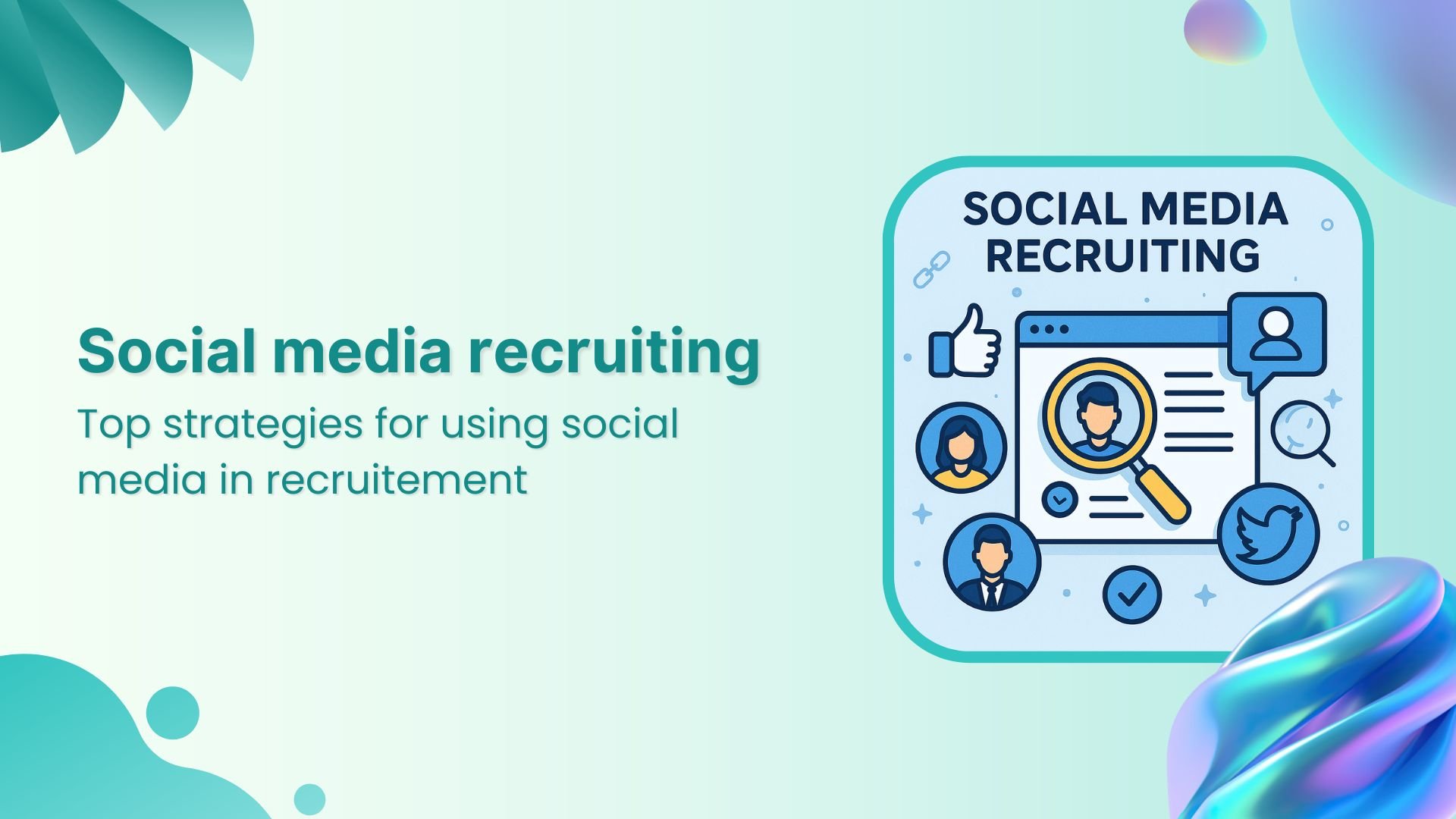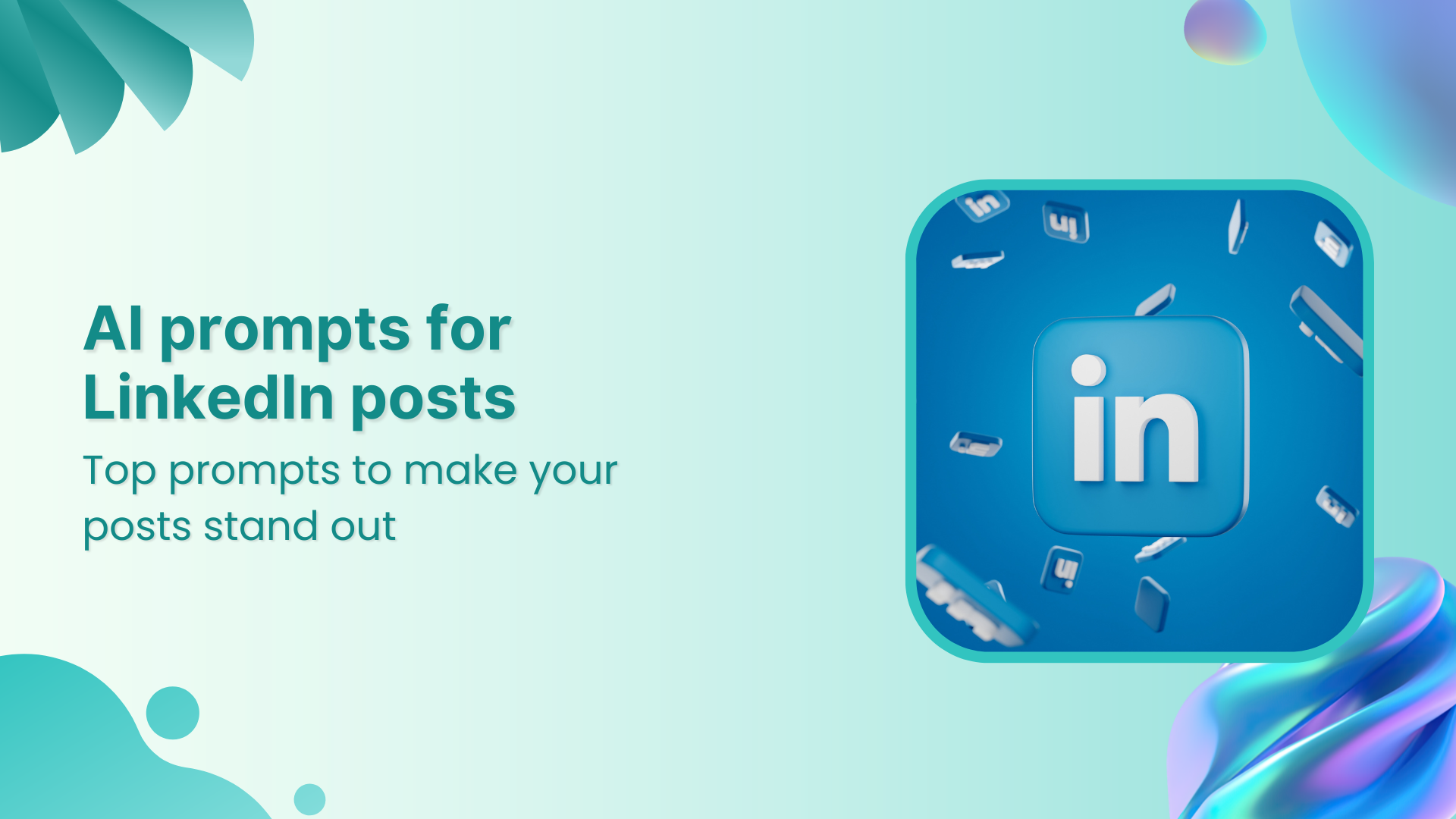Bulk-generate & schedule posts in seconds with Smart Scheduling. Try now!
LinkedIn messages: Best practices for engaging messaging

LinkedIn is undoubtedly the most popular professional social network platform. It allows individuals and businesses to connect with each other and collaborate in many different ways. The very foundation of such a connection is based on LinkedIn messages.
Therefore, it is important to get familiar with the basics of LinkedIn messages and also discuss the common mistakes that many LinkedIn users make while crafting messages on the platform.
Once you overcome these limitations and avoid such mistakes, the next step is to follow the best practices to write professional and engaging LinkedIn messages.
In this article, we will discuss all of these key aspects, including using ContentStudio to manage your LinkedIn from its user-friendly dashboard.
LinkedIn Marketing
Establish your brand’s profile on LinkedIn by consistently posting engaging content and engaging with the community.
Get Started for FREE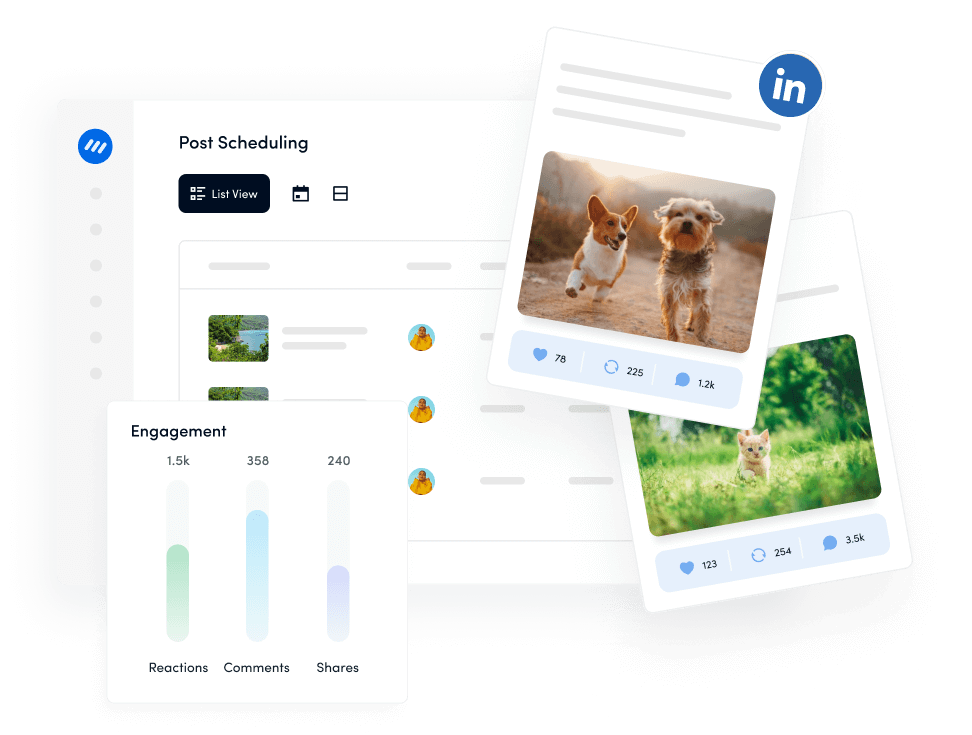
What are LinkedIn Messages and inMails?
When it comes to sending messages on LinkedIn, you should know that there are some key differences between normal LinkedIn messages and LinkedIn InMail.
The platform allows you to send direct messages to only your 1st-degree or primary connections and to fellow group members or within a group page. However, if you are not connected with a user and you still want to send a message to them, you cannot do it for free.
In such a situation, you can send an inMail to an unconnected LinkedIn member, but you must be a LinkedIn Premium user to utilize this feature. LinkedIn has varying premium plans with a different number of credits to help you send direct messages to anyone.
Unlike a traditional LinkedIn message, an inMail has a separate subject section to help you personalize your message. Since the inMail feature is only available to paid users, these types of messages are more like ads on a search engine, while the simple LinkedIn messages are much more organic as they come from the connections.
Here’s an example of a LinkedIn InMail:

Knowing these key differences between LinkedIn messages and inMails is important to maximize the effectiveness of your communication efforts on LinkedIn.
Common mistakes while writing LinkedIn messages
LinkedIn messages are a powerful and efficient tool for connecting with industry leaders, businesses, and peers on LinkedIn. However, if you don’t focus on crafting appropriate LinkedIn messages, you can end up making serious mistakes in this process.

Therefore, it is important to be familiar with the key mistakes involved in writing LinkedIn so you can avoid them:
Mistake # 1: Sending generic messages
Sending generic, copy-paste messages without any touch of personalization is not enough to make a true connection on LinkedIn. It is easy for most recipients to detect a generic message being sent without any customization.
Therefore, you should take enough time to personalize a message to ensure you are making a genuine connection with the recipient. You can refer to the recipient’s work experience or any particular post to make it clear to them why exactly you are connecting with them. Personalization ultimately is an efficient tool to show genuine interest.
Here’s an example of a LinkedIn message with a generic hello and no personalized greeting:

Mistake # 2: Using a wrong tone
Using the right tone while writing LinkedIn messages is also important to ensure they reach their target. You should not use a tone that is too formal or too casual, as it can make you sound either too stiff or too unprofessional.
Using a balanced tone of professionalism and friendliness will help you connect with the recipient in a much better way. Moreover, you should start a LinkedIn message with a polite greeting and a brief introduction of yourself without sounding too robotic.
Mistake # 3: Not mentioning the message’s purpose
Most people nowadays use multiple social media platforms and are likely to receive numerous messages on them. As a result, generic messages without any purpose are highly likely to be ignored without any sort of response.
If you send a LinkedIn message without mentioning a specific purpose or goal, the recipient will be confused, and they might not respond. So, whether you are sending a message to someone for networking purposes, to get some advice, or to simply follow up on their LinkedIn post, you should clearly mention the reason for sending the message.
The following is an example of a LinkedIn message that uses an odd tone for connecting with someone for the first time and not truly mentioning the purpose.

Mistake # 4: Adding too much information in your first message
You might want to include all the details in your very first message, but this is a completely wrong approach. You should never overload your message with too much information, as it can overwhelm the recipient.
Instead, your goal should be to remain concise and to the point in order to convey only the relevant details to the recipient. If you truly want to discuss some detailed points, you can do it in a follow-up message or a document attached with the message.
Here’s an example of a LinkedIn InMail that contains too much information:

Mistake # 5: Not proofreading your LinkedIn message
Grammatical errors, spelling mistakes, and poorly written messages will have a negative impact on your LinkedIn engagement level and the effectiveness of the message. Therefore, you should never hit the send button without thoroughly proofreading the message.
A well-written message with a clear purpose and easy-to-read tone and language will also reflect your professionalism and attention to detail, which can impress the recipient.
The following is an example of a LinkedIn message that clearly has not been proofread as it is riddled with spellings and grammar mistakes.

The easiest way to manage and grow your social channels.
Try ContentStudio for FREE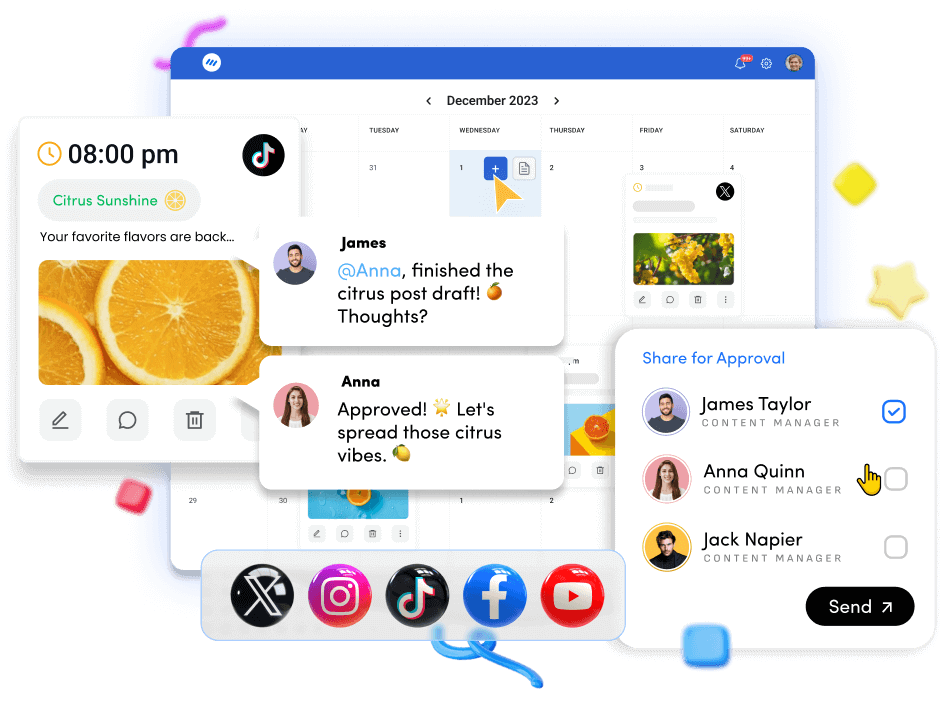
How to manage LinkedIn messages using ContentStudio?
As the number of connections on your LinkedIn profile keeps growing, you are likely to face more issues with managing the inbox and responding to each and every LinkedIn message.
Therefore, it is important to use a third-party platform like ContentStudio to manage your LinkedIn profile and inbox.

Why switch to a third-party tool?
Initially, you might think that LinkedIn is enough to handle the messages and comment notifications coming from your existing connections.
However, if you have a large account with over 500 connections, there is a high chance that the comments and the conversations will start piling up and make it difficult for you to manage everything from the native inbox.
Here are the key reasons why you should consider switching from LinkedIn’s native inbox to ContentStudio’s powerful social inbox:
- LinkedIn has a cluttered notification with text appearing in the messages section that is too small.
- You can search for a specific conversation as long as you remember the name of the recipient. Otherwise, there are no detailed filters in LinkedIn.
- LinkedIn notifications are unreliable because sometimes they don’t immediately show a new comment or display an old message as a new one.
- Limited archive options.
Benefits of using ContentStudio to manage LinkedIn comments
ContentStudio is the perfect platform to manage all of your social media inboxes and comments, including LinkedIn’s, from the same dashboard. Here are the key benefits you can get by connecting your LinkedIn account with ContentStudio and managing your comments from it:
- Categorization with tags: You can categorize all of your LinkedIn comments by adding relevant tags and making sure you can properly organize them in categories.
- Quick replies: Replying to your followers’ queries immediately is important to ensure maximum engagement. With ContentStudio’s inbox, you can easily view and reply to all your LinkedIn comments.
- High engagement: Replying quickly to your followers on LinkedIn posts is also a way of increasing LinkedIn engagement.
- All-in-one management: ContentStudio has several other social media management features, including the ability to schedule and post LinkedIn posts from the same platform to make LinkedIn management easier for you.
- Search options: ContentStudio’s inbox has comprehensive search features to help you find the relevant message or comment immediately without going through each and every interaction.
Overall, using ContentStudio to view and manage your LinkedIn posts and comments is a quick, reliable, and effective way to increase engagement and take your LinkedIn to the next level.
Best practices for writing engaging LinkedIn messages
Crafting any kind of engaging content, such as a message, comment, or post, for LinkedIn requires a thoughtful approach. You have to strike a balance in using a suitable tone and consider whether you are communicating with a potential employer or a client or simply curating content to expand your network.
Here are some key practices that can help you craft LinkedIn messages that stand out from the others:
- Personalize your messages
Personalizing your LinkedIn messages is the most important aspect of sending engaging messages. You don’t want your message to sound too generic or seem like a copy-paste message.
Therefore, you must take your time to tailor the message as per the specific recipient. You can start addressing the recipient by name and add a reference to something specific from their LinkedIn profile.
Personalized messages show that you have done your homework and are really interested in connecting with someone. It also helps you build a strong rapport from the very start.
- Use clear and concise language
LinkedIn is a professional platform. People with a large number of connections are likely to receive numerous messages daily. So, you must refrain from long introductions and unnecessary details within your messages.
A concise and well-structured message will quickly convey your intention and purpose to the recipient. Hence, you should remember that clarity is key while writing an engaging message on LinkedIn.
Example of a personalized and concise LinkedIn message
The following is an example of a personalized LinkedIn message that uses clear and concise language to initiate conversation.

Related: How to craft professional posts with LinkedIn post generator for free?
- Pay attention to the recipient’s needs
Considering the recipient’s needs and letting them know what’s in it for them is important to establish a genuine connection. Think about how the recipient can benefit from your LinkedIn message.
Such benefits can be anything from offering a solution to a problem, providing advice, or some sort of collaboration. Adopting this approach is useful in making sure your LinkedIn message does not sound like a self-centered pitch.
Example of value proposition LinkedIn message
The following is an example of a LinkedIn message that makes a request to the recipient and also offers to have further conversations about mutual benefits.

- Use a strong call-to-action (CTA)
A clear and strong call-to-action (CTA) in a LinkedIn message is important to guide the recipient on what to do next. For example, this CTA can be related to scheduling a meeting, making a connection for a more detailed discussion, and buying a product or service.
Lack of a clear CTA can make your message get ignored by the recipient if they have no idea what to do with it. Therefore, be specific in your LinkedIn message’s content and make it easier for the recipient to take the next steps.
Example of a strong CTA in a LinkedIn message
The following is an example of a LinkedIn message related to shortlisting an applicant and providing a clear path forward for the next steps.

- Send a follow-up message
It is not always necessary that you receive a response to your very first message. In such a situation, you should not hesitate to send a follow-up message and repeat your request.
However, it is important to be tactful while crafting a follow-up message and not sound too clingy. There should be a reasonable amount of time, such as a week, between the two messages. You can reiterate your core’s message and remind the user of your initial request.
Example of a follow-up message

By following these 5 best practices to write engaging LinkedIn messages, you can expect to reach your LinkedIn networking goals quickly.
So, whether you are connecting with your peers or industry leaders, you should follow these practices!
Related read: Guide to using LinkedIn for business
Conclusion
LinkedIn messages are a powerful tool for businesses and agencies to build genuine connections on LinkedIn and drive engagement. Whether you are looking for new opportunities, building connections, or simply expanding your network, you will find sending LinkedIn messages to be a great way of achieving these goals.
By avoiding the common mistakes of LinkedIn messaging discussed in this article, you can ensure your messages reach their target goals efficiently. Using ContentStudio to manage your LinkedIn content and comments and implementing best practices to write LinkedIn messages can maximize your engagement on this professional platform.
Simplified social media marketing for individuals & agencies.
Try ContentStudio for FREE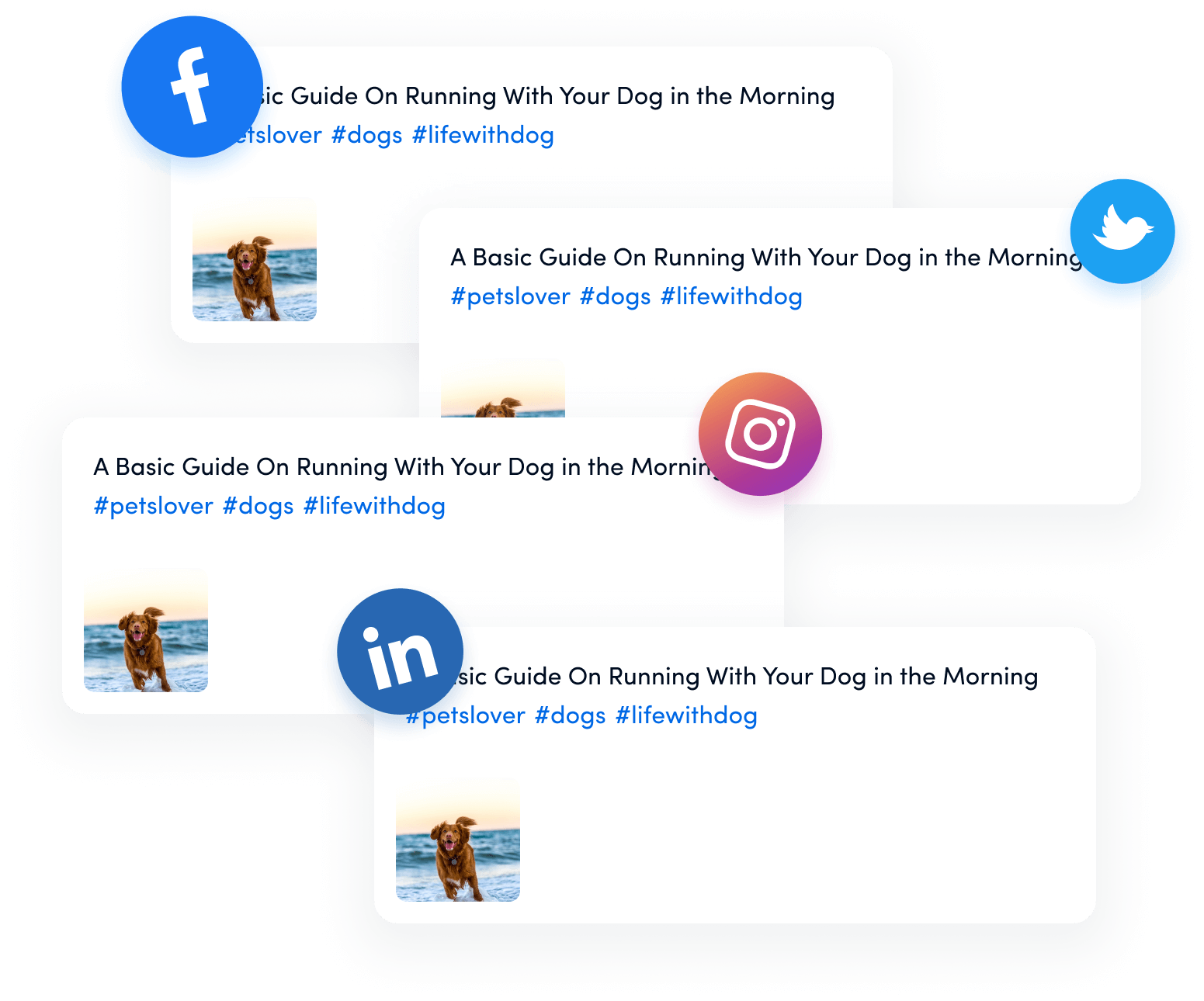
FAQs
Are LinkedIn messages private?
Yes. LinkedIn messages are private to the sender and the recipient. As per the default settings, you can see if the recipient has read the message or not. You also have the option of disabling the read recipient status from the settings.
How many messages can you send on LinkedIn?
LinkedIn does not have any specific limit on the number of messages you can send to your primary connections on a daily basis. However, it is recommended that you stay within the 50 to 100 messages per day to ensure the platform does not flag your account.
Can you delete LinkedIn messages?
Yes, you can delete or edit a message on Linkedin within 60 minutes of sending it. Moreover, you can only delete the simple LinkedIn messages and not the inMails.
Recommended for you
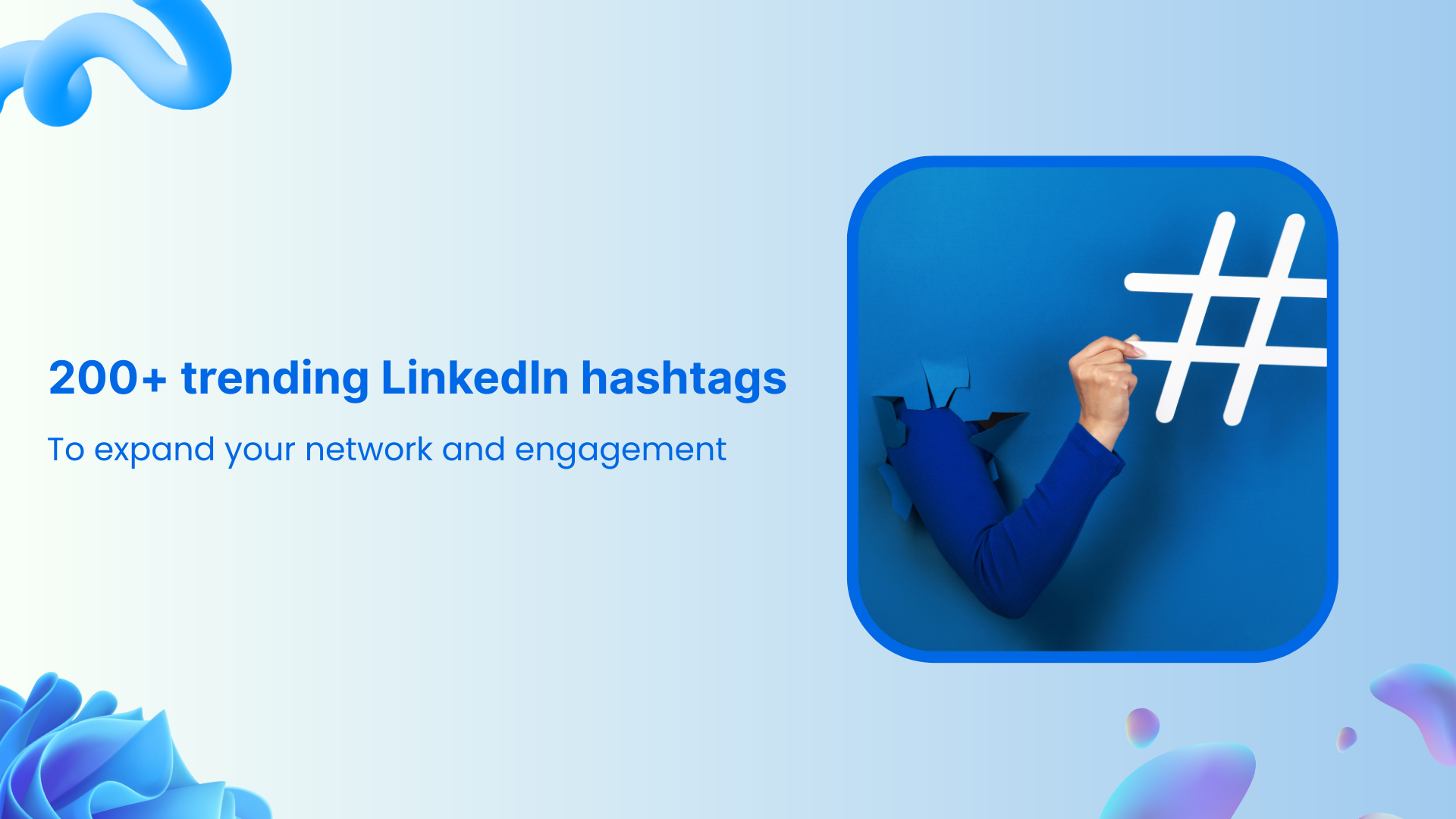
200+ trending LinkedIn hashtags to expand your network and engagement


Powerful social media management software
14-day free trial - No credit card required.
